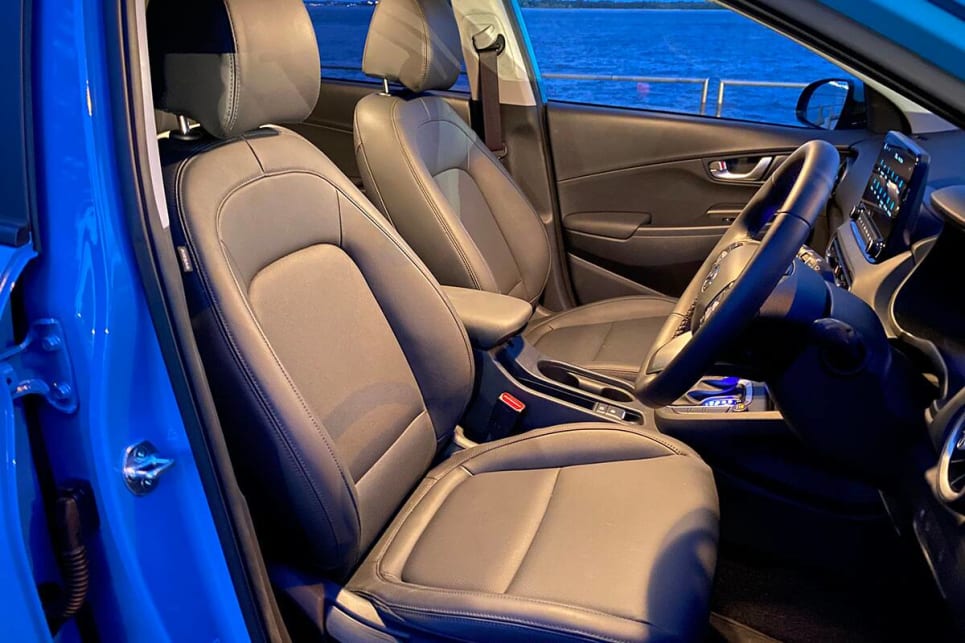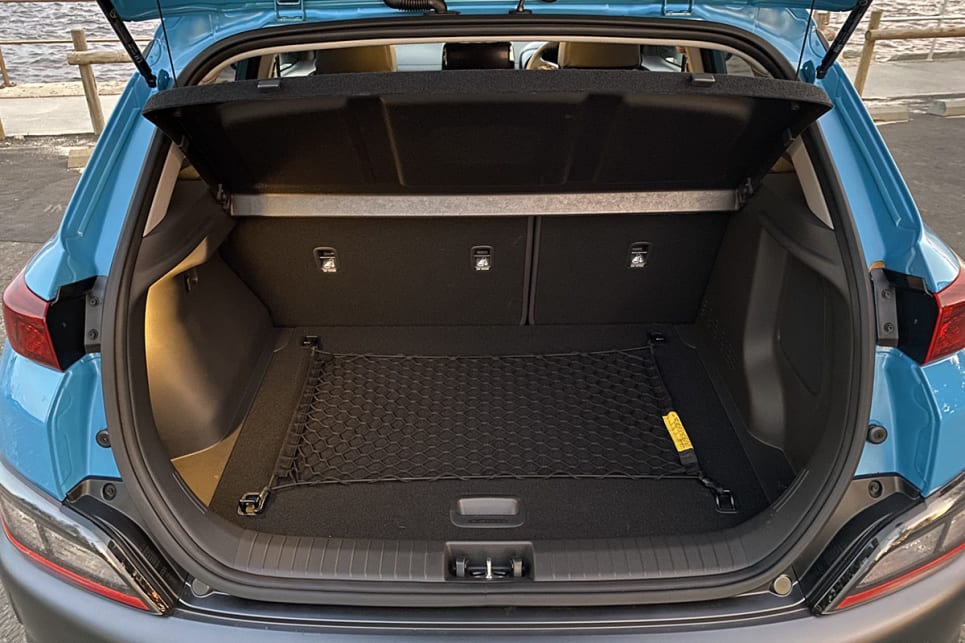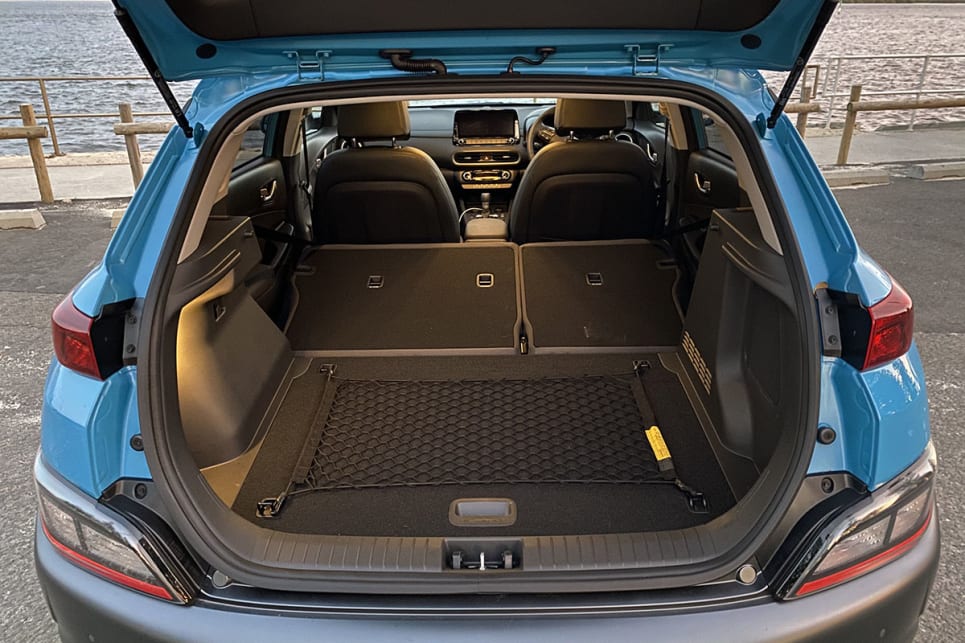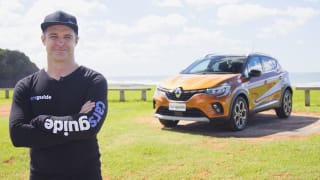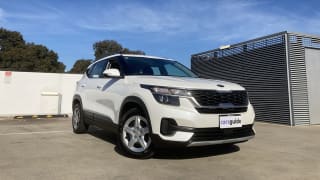At $31,600, the Elite does break through the psychological barrier that is $30,000 and it's a stout $3400 more than the cheaper stablemate Active, and $5000 more than the entry-level model. You get 17-inch alloys, an eight-speaker stereo, climate control, reversing camera, keyless entry and start, acoustic windscreen (to cut noise, it's not like a guitar), rear parking sensors, cruise control, sat nav, auto wipers, halogen headlights (really?), LED daytime running lights and a space-saver spare.
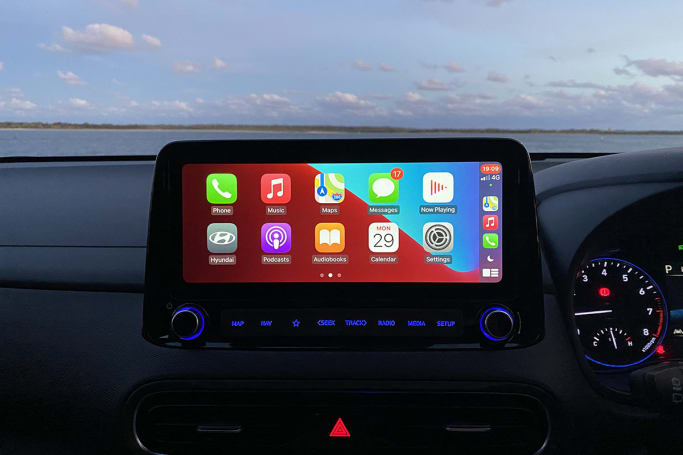
The extra money also buys you more safety features that are particularly useful around town.
The eight-speakers have posh Harmon Kardon badges on them, so that must be good. The speakers are powered by the awesome new 10.25-inch touchscreen with a truly excellent new layout and graphics set. It's extremely easy to use and also has Apple CarPlay and Android Auto. Curiously, CarPlay isn't wireless, despite the fact that you do get a Qi wireless-charging pad.





